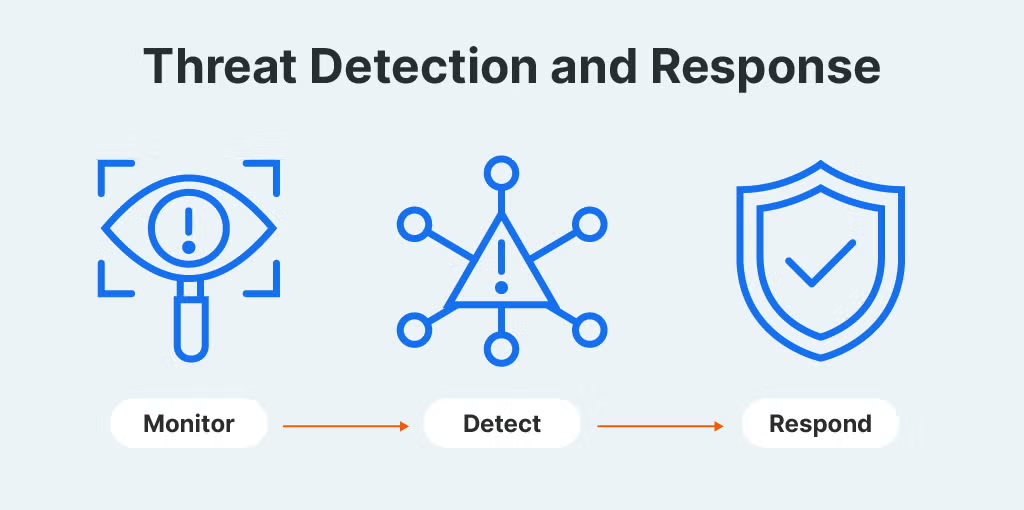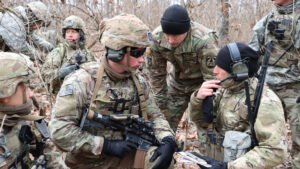What Are Baselines and Anomalies?
In everyday life, most things remain consistent — they follow a predictable pattern or baseline. For example, traffic flow often follows a routine: Thursdays might always be congested, weekends tend to be quieter, and people’s behavior in recurring situations is usually similar. This predictability is what we call the “baseline” or normal state.
However, when something is out of place or unusual — an anomaly — it indicates that something might be wrong. Whether it’s in a relationship, on the street, or during a patrol in high-risk areas like Sinai or Afghanistan, noticing these anomalies often means detecting a potential problem.
The Danger of Ignoring Anomalies
Unfortunately, most people overlook their instincts when they sense something unusual. They deny or ignore these gut feelings and don’t proactively try to analyze what’s wrong. Often, the realization only comes after the event, when it’s too late to prevent it.
For instance, in March 2011, a routine reconnaissance patrol in Afghanistan encountered an abnormal situation — no people were visible on the streets, shops were closed, and usual activity was missing. This negative atmosphere was a clear anomaly signaling danger. Moments later, an IED exploded beneath their vehicle, causing severe damage and injuries.
How to Establish a Baseline
Establishing a baseline means understanding what is normal for a particular environment, situation, or individual. Every setting or person exhibits natural patterns — in movement, emotions, behavior, or interaction. These patterns might vary from one person or place to another, but they are consistent enough to be recognizable.
What Are Anomalies?
Anomalies are deviations from the baseline. They are either:
Unexpected occurrences: Things happening that shouldn’t normally happen, or Absences: Expected things that don’t happen or expected individuals who are missing.
For example, if a VIP enters a room, people usually stand and greet them. If no one reacts, that’s an anomaly indicating a potential problem.
Baseline Flexibility and Complex Environments
Baselines are not rigid lines but flexible patterns allowing minor variations. Traffic flow might shift slightly day to day — it’s normal. The key is to notice clear, consistent changes and seek multiple indicators before concluding that the baseline itself has shifted.
In complex environments, one indicator is never enough to act on. Always look for corroborating signs before making decisions.
Anomalies as Early Warning Signs of Threats
Anomalies signal changes in the situation and often serve as early warning signs of potential threats. Not all changes are bad, but any unexpected deviation should be met with caution and suspicion.
For example, a new person entering an area unfamiliar to them will behave differently, and the locals’ reactions will also change. These behavioral anomalies are clues to underlying dynamics shifting.
Real-World Examples of Anomaly Detection
Law enforcement and military personnel rely heavily on detecting anomalies. Police investigations that prevent crimes often start with spotting suspicious behavior or environmental disturbances. Forensic trackers look for anomalies in the physical environment, such as footprints or displaced objects, to find evidence.
Combat profilers analyze deviations in human behavior, relying on Newton’s third law — every action has a reaction. An abnormal behavior triggers other anomalies, which must be carefully monitored and acted upon.
Final Thoughts
Understanding baselines and anomalies is essential for threat detection, security, and effective decision-making. Human behavior, though complex, is predictable enough to establish patterns and spot deviations. Developing this awareness can be life-saving, especially in high-risk environments.








